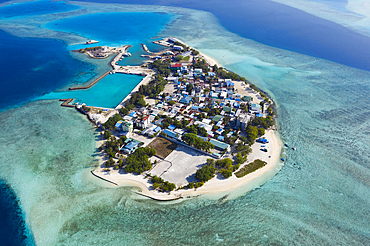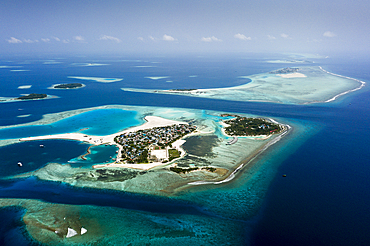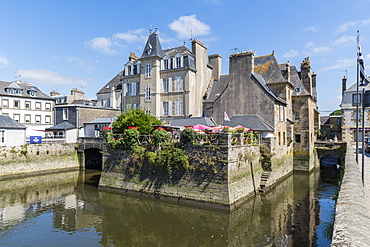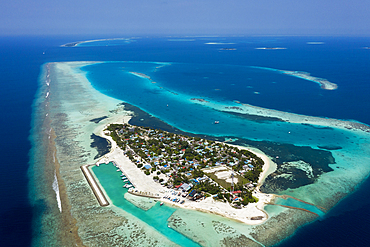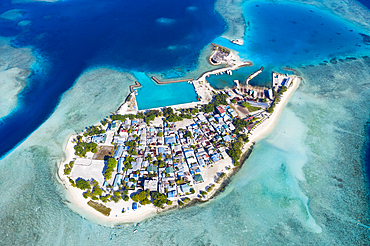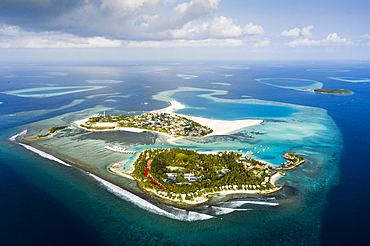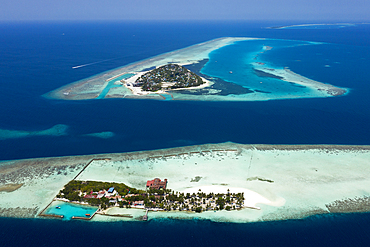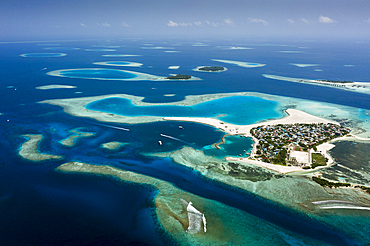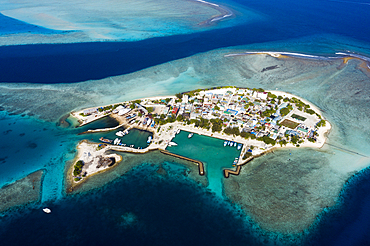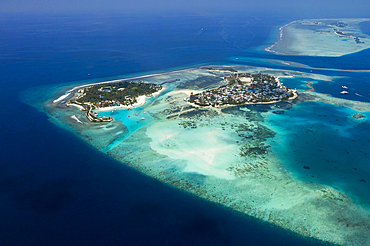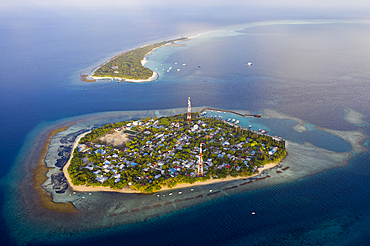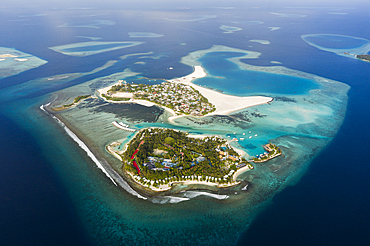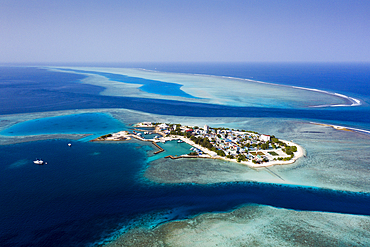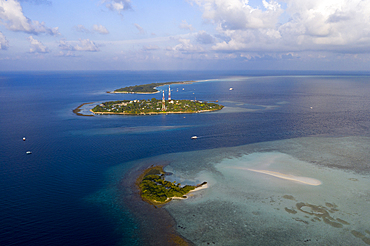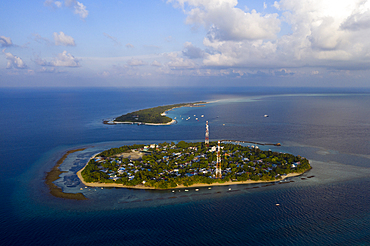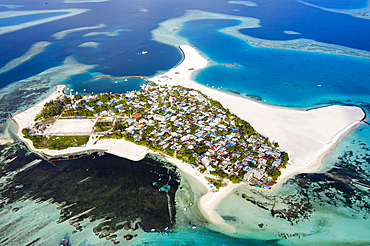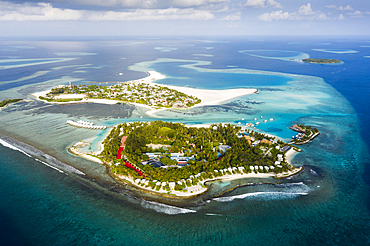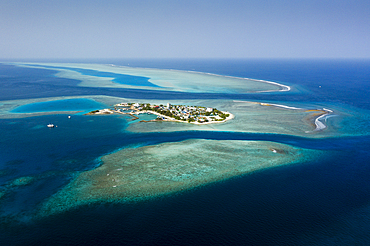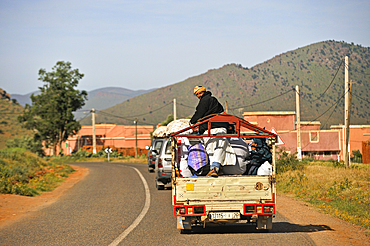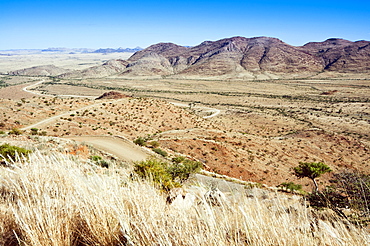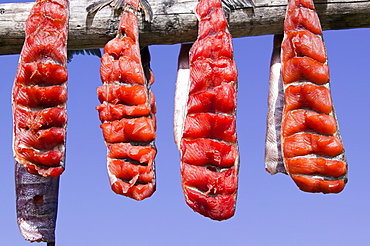Results
63 results found
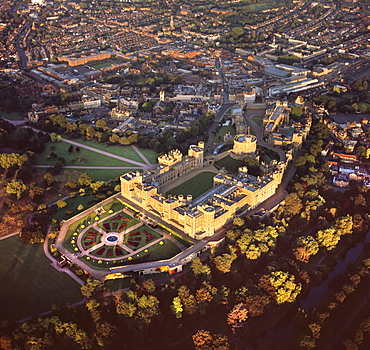
Aerial image of Windsor Castle, the largest inhabited castle in the world, Windsor, Berkshire, England, United Kingdom, Europe

Lomaki Pueblo, inhabited from approximately 1100 AD to 1250 AD, Wupatki National Monument, Arizona, United States of America, North America
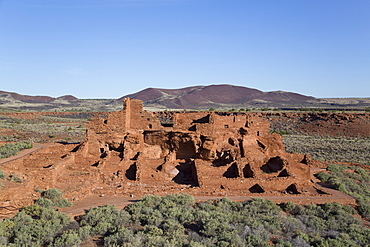
Wupatki Pueblo, inhabited from approximately 1100 AD to 1250 AD, Wupatki National Monument, Arizona, United States of America, North America
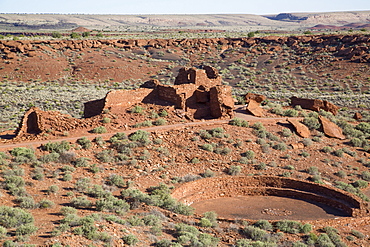
Kiva in foreground, Wupatki Pueblo, inhabited from approximately 1100 AD to 1250 AD, Wupatki National Monument, Arizona, United States of America, North America

Wukoki Pueblo, inhabited from approximately 1100 AD to 1250 AD, Wupatki National Monument, Arizona, United States of America, North America
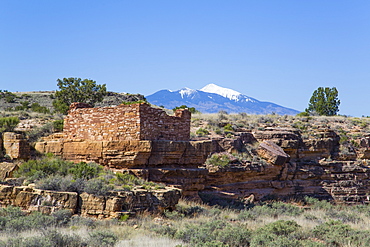
Lomaki Pueblo, inhabited from approximately 1100 AD to 1250 AD, Wupatki National Monument, Arizona, United States of America, North America
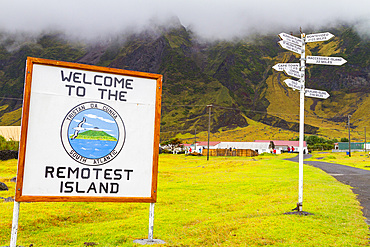
View of Welome sign and signpost on Tristan da Cunha, the most remote inhabited location on Earth, Tristan da Cunha, South Atlantic Ocean
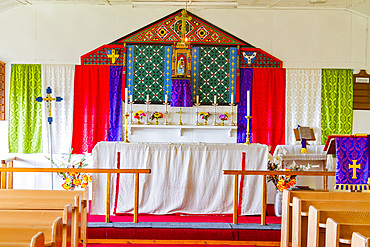
Brightly coloured altar inside a church on Tristan da Cunha, the most remote inhabited location on Earth, Tristan da Cunha, South Atlantic Ocean

View of the cemetery in Tristan da Cunha, the most remote inhabited location on Earth, Tristan da Cunha, South Atlantic Ocean

View of St. Joseph's Catholic Church in Tristan da Cunha, the most remote inhabited location on Earth, Tristan da Cunha, South Atlantic Ocean
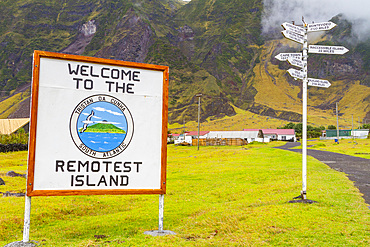
View of Welcome sign and signpost on Tristan da Cunha, the most remote inhabited location on Earth, Tristan da Cunha, South Atlantic Ocean
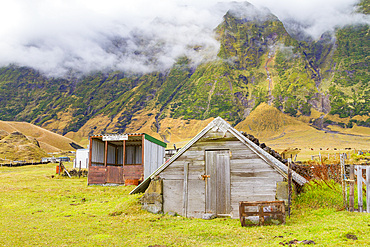
View of the potato patch on Tristan da Cunha, the most remote inhabited location on Earth, Tristan da Cunha, South Atlantic Ocean
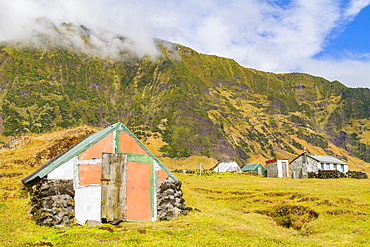
View of the potato patch on Tristan da Cunha, the most remote inhabited location on Earth, Tristan da Cunha, South Atlantic Ocean
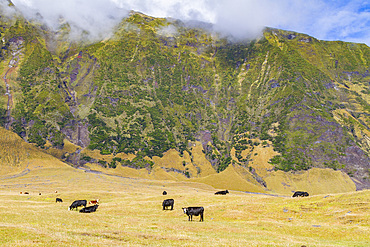
View of the potato patch on Tristan da Cunha, the most remote inhabited location on Earth, Tristan da Cunha, South Atlantic Ocean
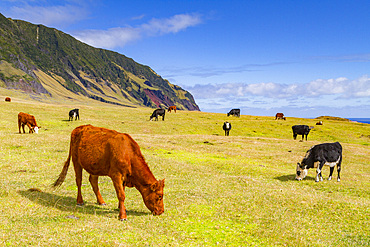
View of the potato patch on Tristan da Cunha, the most remote inhabited location on Earth, Tristan da Cunha, South Atlantic Ocean
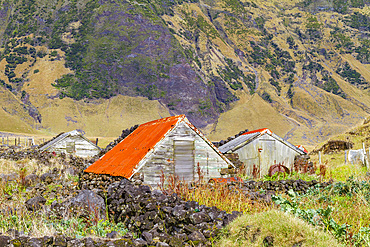
View of the potato patch on Tristan da Cunha, the most remote inhabited location on Earth, Tristan da Cunha, South Atlantic Ocean
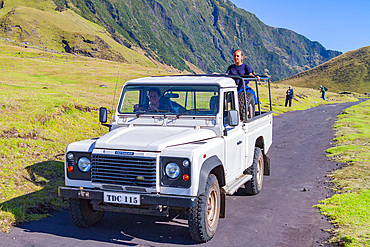
Tourist vehicle on Tristan da Cunha, the most remote inhabited location on Earth, Tristan da Cunha, South Atlantic Ocean
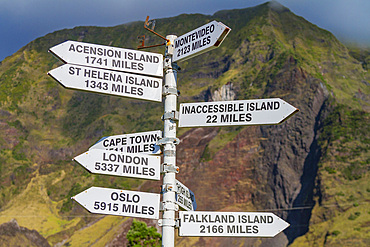
Close-up of signpost on Tristan da Cunha, the most remote inhabited location on Earth, Tristan da Cunha, South Atlantic Ocean

The endemic Galapagos marine iguana (Amblyrhynchus cristatus) on Espanola Island in the Galapagos Islands, UNESCO World Heritage Site, Ecuador, South America
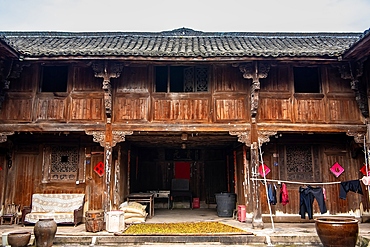
Still inhabited ancient wooden house in Yuyuan Ancient Village, dating back to the Song Dynasty, Wuyi County, Jinhua City, Zhejiang Province, China

Monument in Oymyakon, coldest permanent inhabited settlement on earth, Road of Bones, Sakha Republic (Yakutia), Russia, Eurasia

The National Palace of Sintra, inhabited for nearly eight centuries by the Portuguese monarchy and its court, Sintra, UNESCO World Heritage Site, Portugal, Europe
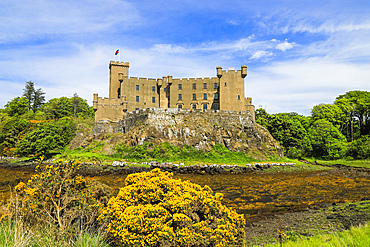
Dunvegan Castle, the oldest continuously inhabited castle in Scotland, by the Macleod family for 800 years, Dunvegan, Skye, Inner Hebrides, Scotland, United Kingdom, Europe
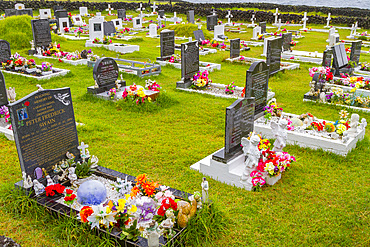
View of the cemetery in Tristan da Cunha, the most remote inhabited location on Earth, Tristan da Cunha, South Atlantic Ocean
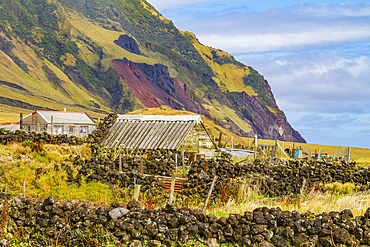
View of the potato patch on Tristan da Cunha, the most remote inhabited location on Earth, Tristan da Cunha, South Atlantic Ocean
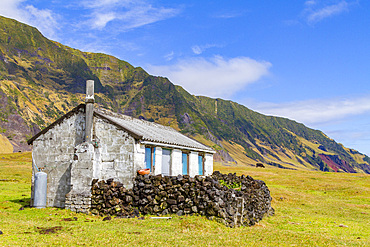
View of the potato patch on Tristan da Cunha, the most remote inhabited location on Earth, Tristan da Cunha, South Atlantic Ocean

View of the volcanic shoreline on Tristan da Cunha, the most remote inhabited location on Earth, Tristan da Cunha, South Atlantic Ocean
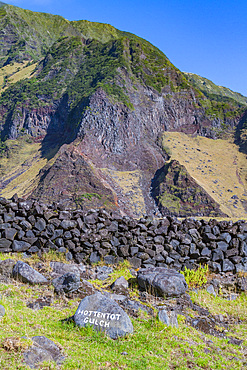
View of Tristan da Cunha, the most remote inhabited location on Earth, Tristan da Cunha, South Atlantic Ocean
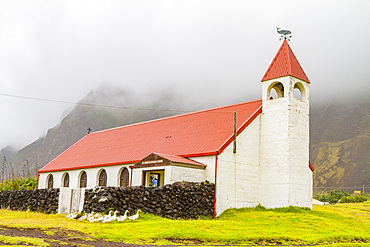
View of St. Joseph's Catholic Church in Tristan da Cunha, the most remote inhabited location on Earth, Tristan da Cunha, South Atlantic Ocean
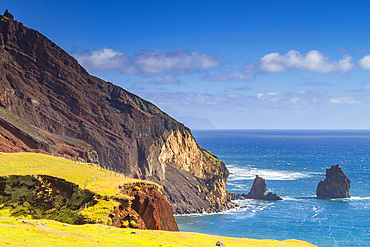
View of the volcanic shoreline on Tristan da Cunha, the most remote inhabited location on Earth, Tristan da Cunha, South Atlantic Ocean

Panorama of Walnut Canyon, once inhabited by the Sinagua People, located east of Flagstaff, Arizona, United States of America, North America
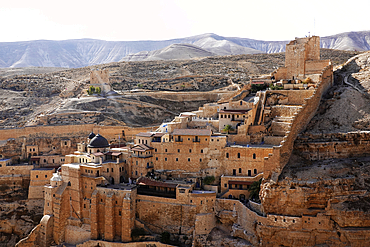
Mar Saba, one of the oldest continuously inhabited monasteries in the world, eastern Judean Desert, Israel
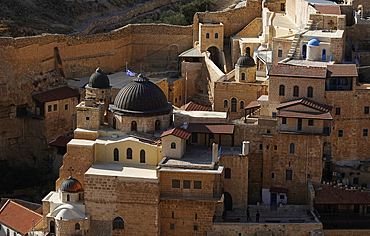
Mar Saba, one of the oldest continuously inhabited monasteries in the world, eastern Judean Desert, Israel
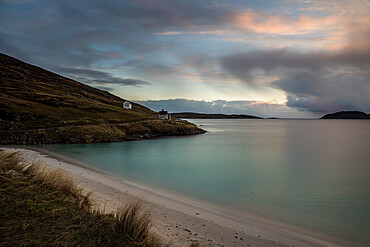
Winter Sunrise at Bagh Bhatarsaigh (Vatersay Bay), Vatersay, the most southerly inhabited island of the Outer Hebrides, Scotland, United Kingdom, Europe
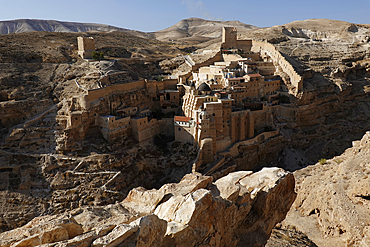
Mar Saba, one of the oldest continuously inhabited monasteries in the world, eastern Judean Desert, Israel

Mar Saba, one of the oldest continuously inhabited monasteries in the world, eastern Judean Desert, Israel
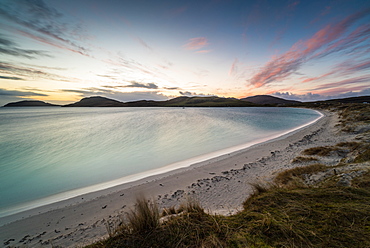
Winter sunrise at Bagh Bhatarsaigh (Vatersay Bay), Vatersay, the most southerly inhabited island of the Outer Hebrides, Scotland, United Kingdom, Europe
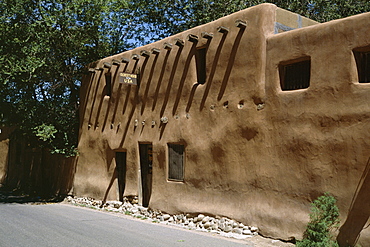
Adobe house in Barrio de Amalco, one of the oldest continuously inhabited streets in the U.S.A., settled in the early 1600s, Santa Fe, New Mexico, United States of America (U.S.A.), North America
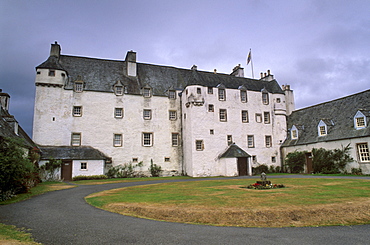
Traquair House, dating from the 12th century and the oldest continuously inhabited house in Scotland, Innerleithen, Peeblesshire, Scotland, United Kingdom, Europe

CAMBODIA Katot village, inhabited by the Prov tribal group, Stung Treng district. DPA cultural centre built by DPA and financed by SCIAF. Village elder, Nom Boun (79) playing his flute
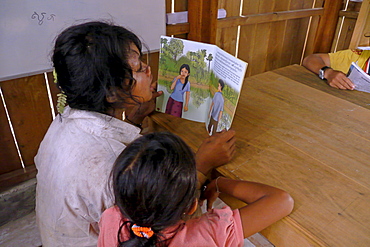
CAMBODIA Katot village, inhabited by the Prov tribal group, Stung Treng district. Library and literacy building provided by DPA and SCIAF. Children reading books
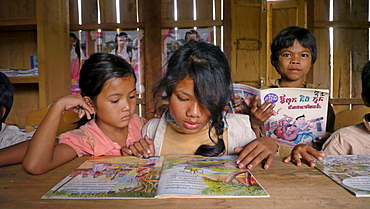
CAMBODIA Katot village, inhabited by the Prov tribal group, Stung Treng district. Library and literacy building provided by DPA and SCIAF. Children reading books

CAMBODIA Katot village, inhabited by the Prov tribal group, Stung Treng district. Library and literacy building provided by DPA and SCIAF. Children reading books
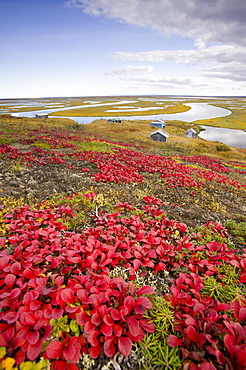
Inuit summer hunting camp at the mouth of the Serpentine river near Shishmaref, a tiny island inhabited by around 600 Inuits, between Alaska and Siberia in the Chukchi Sea, United States of America, North America
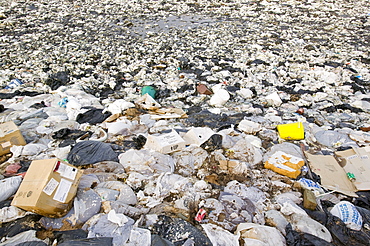
The sewage lagoon on Shishmaref, a tiny island inhabited by around 600 Inuits, between Alaska and Siberia in the Chukchi Sea, United States of America, North America

Salmon hanging to dry on Shishmaref, a tiny island inhabited by around 600 Inuits, between Alaska and Siberia in the Chukchi Sea, United States of America, North America
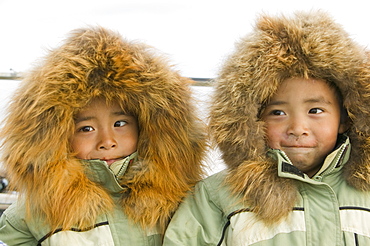
Richard and Jeffrey Tokeinna, Inuit twins, on Shishmaref, a tiny island inhabited by around 600 Inuits, between Alaska and Siberia in the Chukchi Sea, United States of America, North America
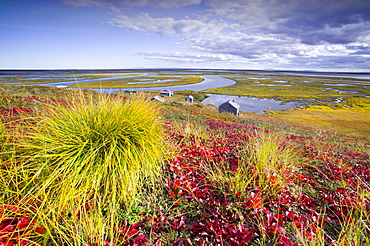
Inuit summer hunting camp at the mouth of the Serpentine river near Shishmaref, a tiny island inhabited by around 600 Inuits, between Alaska and Siberia in the Chukchi Sea, United States of America, North America
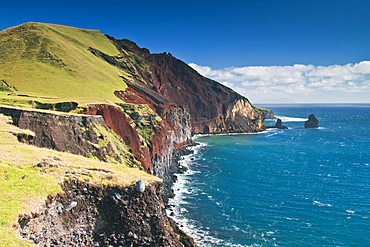
View of the volcanic shoreline on Tristan da Cunha, "the most remote inhabited location on Earth", South Atlantic Ocean

Autumn and winter storms eroding the coastline of Shishmaref, a tiny island inhabited by around 600 Inuits, between Alaska and Siberia in the Chukchi Sea, United States of America, North America
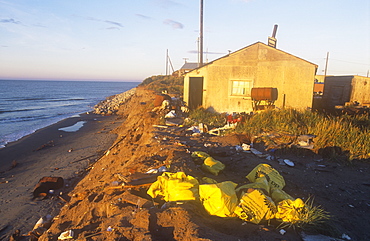
Shishmaref, a tiny island inhabited by around 600 Inuits, between Alaska and Siberia in the Chukchi Sea, United States of America, North America
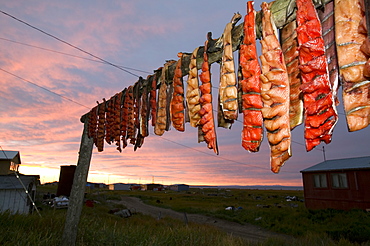
Salmon on traditional Fish drying racks on Shishmaref, a tiny island inhabited by around 600 Inuits, between Alaska and Siberia in the Chukchi Sea, United States of America, North America
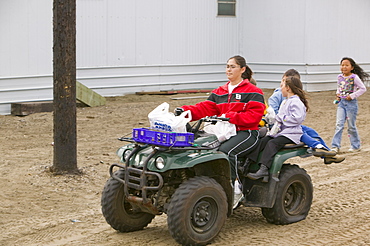
Woman and children on a quad bike on Shishmaref, a tiny island inhabited by around 600 Inuits, between Alaska and Siberia in the Chukchi Sea, United States of America, North America
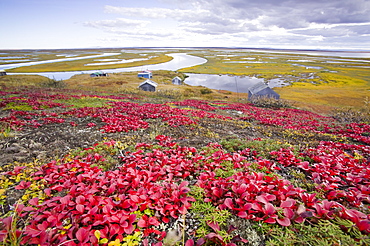
Inuit summer hunting camp at the mouth of the Serpentine river near Shishmaref, a tiny island inhabited by around 600 Inuits, between Alaska and Siberia in the Chukchi Sea, United States of America, North America

An Inuit woman playing on a computer on Shishmaref, a tiny island inhabited by around 600 Inuits, between Alaska and Siberia in the Chukchi Sea, United States of America, North America

Inuit child on the tundra at the mouth of the Serpentine River near Shishmaref, a tiny island inhabited by around 600 Inuits, between Alaska and Siberia in the Chukchi sea, United States of America, North America

Dog sled puppies on Shishmaref, a tiny island inhabited by around 600 Inuits, between Alaska and Siberia in the Chukchi Sea, United States of America, North America
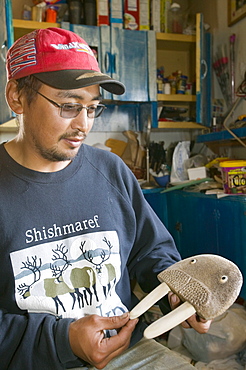
An Inuit man with a traditional eskimo art on Shishmaref, a tiny island inhabited by around 600 Inuits, between Alaska and Siberia in the Chukchi Sea, United States of America, North America

Shishmaref, a tiny island inhabited by around 600 Inuits, between Alaska and Siberia in the Chukchi Sea, United States of America, North America

Three generations of an Inuit family on Shishmaref, aa tiny island inhabited by around 600 Inuits, between Alaska and Siberia in the Chukchi Sea, United States of America, North America

An Inuit man and puppy on Shishmaref, a tiny island inhabited by around 600 Inuits, between Alaska and Siberia in the Chukchi Sea, United States of America, North America
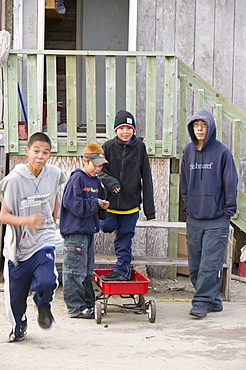
Inuit kids on Shishmaref, a tiny island inhabited by around 600 Inuits, between Alaska and Siberia in the Chukchi Sea, United States of America, North America
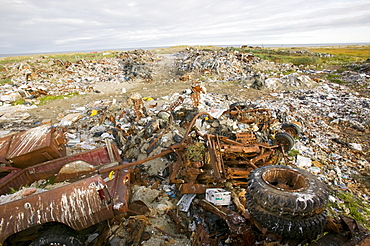
The dump on Shishmaref, a tiny island inhabited by around 600 Inuits, between Alaska and Siberia in the Chukchi Sea, United States of America, North America
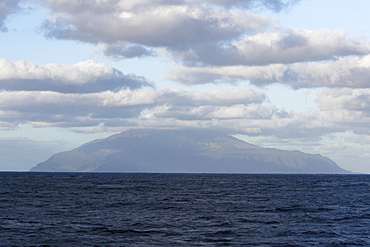
Approaching the island of Tristan da Cunha from the south, claimed to be the most remote inhabited island in the world.

An Inuit on Shishmaref, a tiny island inhabited by around 600 Inuits, between Alaska and Siberia in the Chukchi Sea, United States of America, North America
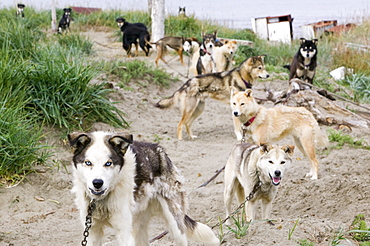
Sled dog on Shishmaref, a tiny island inhabited by around 600 Inuits, between Alaska and Siberia in the Chukchi Sea, United States of America, North America
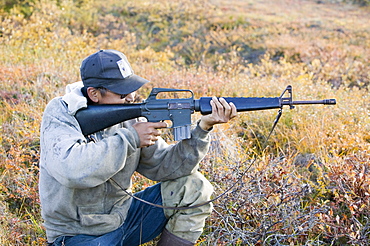
J J Weyouanna hunting Caribou on the tundra at the mouth of the Serpentine river near Shishmaref, a tiny island inhabited by around 600 Inuits, between Alaska and Siberia in the Chukchi Sea, United States of America, North America
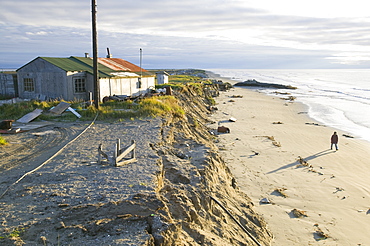
J J Weyouanna's wife stands on the beach where their house used to be on Shishmaref, a tiny island inhabited by around 600 Inuits, between Alaska and Siberia in the Chukchi Sea, United States of America, North America

Rubbish on Shishmaref, a tiny island inhabited by around 600 Inuits, between Alaska and Siberia in the Chukchi Sea, United States of America, North America

The dump on Shishmaref, a tiny island inhabited by around 600 Inuits, between Alaska and Siberia in the Chukchi Sea, United States of America, North America
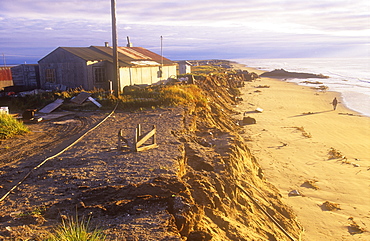
Shishmaref, a tiny island inhabited by around 600 Inuits, between Alaska and Siberia in the Chukchi Sea, United States of America, North America

